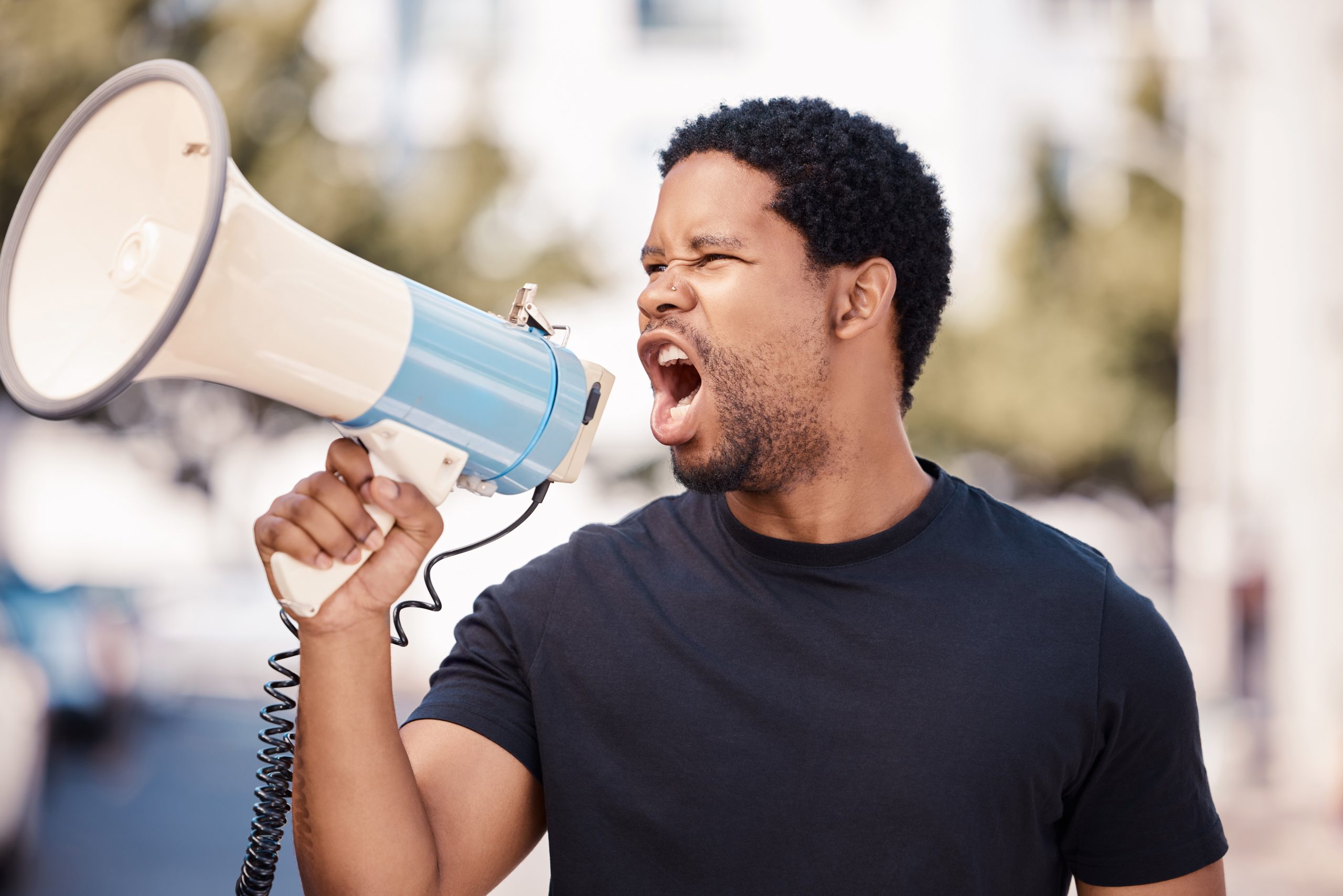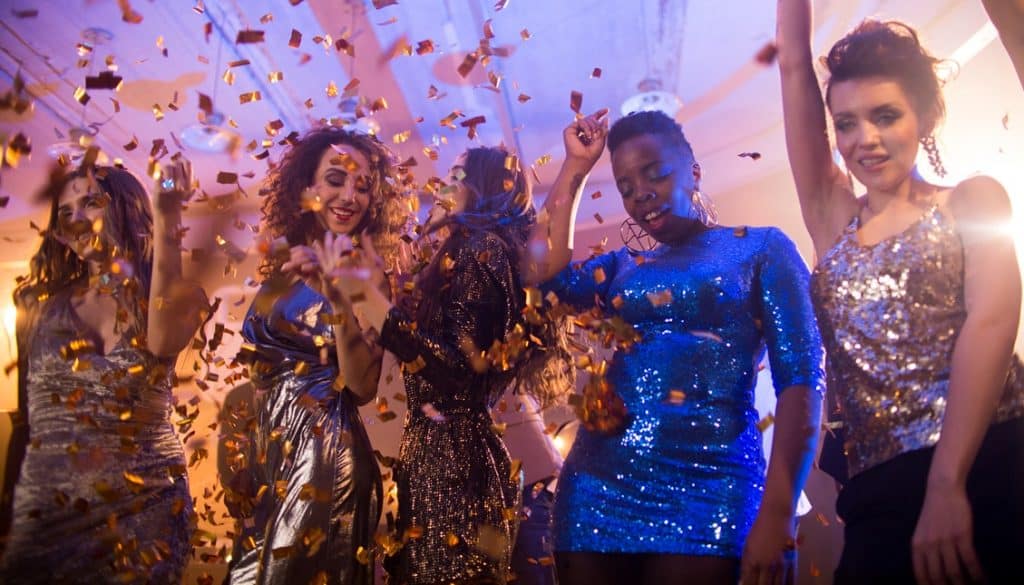
Making your event go viral is a blend of creative thinking, strategic planning, and effective execution. In an age where social media rules the day, the right promotion could catapult your event into the limelight, attracting massive attention and driving high engagement. But going viral isn’t just about luck; it’s about implementing a strategic approach that captures the attention of your target audience and encourages them to share your event organically. Let’s take a look at the key components of a successful viral event promotion strategy.
1. Define Your Target Audience

Before you can effectively promote your event, you must know who you are trying to reach. Understanding your target audience is the foundation of any marketing strategy, and it’s even more critical when your goal is to make your event go viral.
Understand Your Audience
Demographics:
Start by identifying key demographic information such as age, gender, occupation, location, and interests. This data helps you create a profile of your ideal attendee and tailor your promotion efforts to resonate with them.
Behavioral Patterns:
Go beyond demographics and look at behavioral insights. What platforms do they frequent? What type of content do they engage with the most? Do they prefer short videos, long-form articles, or interactive content? Understanding their online behavior will guide you in selecting the right platforms and content formats for your promotion.
Tailor Your Message
Once you have a clear understanding of your audience, customize your messaging to align with their preferences, needs, and motivations. Highlight aspects of your event that will appeal specifically to them. For example, if your target audience is tech-savvy professionals, emphasize innovative aspects of the event, such as cutting-edge technology showcases or networking opportunities with industry leaders. Personalizing your message ensures it resonates, increasing the likelihood that your audience will engage and share your event.
2. Utilize platforms like Laparizone to Create Your Event
According to a study by Bizzabo, 63% of event marketers say that increasing event visibility is one of the top benefits of using specialized event platforms. When aiming to make your event go viral, the first step is to establish a solid presence on a trusted event platform like Laparizone. This exclusive event hub offers a range of features designed to boost your event’s visibility and engagement.
- Maximize Reach: By listing your event on Laparizone, you tap into a community of event-goers who are actively looking for new and exciting experiences. The platform’s advanced search and recommendation algorithms ensure your event reaches users whose interests align with your event’s theme, increasing the likelihood of viral traction.
- Enhanced Discoverability: Laparizone’s user-friendly interface and comprehensive event listings make it easier for potential attendees to find and share your event. The platform’s integrated social features allow users to easily spread the word across their networks, amplifying your event’s reach organically.
- Leverage Integrated Marketing Tools: Laparizone provides built-in marketing tools to help you promote your event effectively. From customizable event pages to promotional widgets that can be shared on social media, the platform offers everything you need to create buzz and encourage user-generated content.
By creating your event on Laparizone, you lay a strong foundation for a successful viral promotion campaign. This platform not only boosts your event’s discoverability but also provides the tools necessary to engage with your audience and encourage them to share your event, increasing the chances of it going viral.
3. Create Captivating Content
Engaging content is at the heart of any viral promotion. The type of content you create should inspire attendees to share and promote your event further. To achieve this, it’s essential to utilize a variety of content formats that can capture different audiences.
Utilize Various Formats
- Eye-Catching Visuals: Invest in high-quality graphics and videos that can grab attention quickly. Stunning visuals are more likely to be shared on social media. Create promotional videos that highlight the excitement of your event—think behind-the-scenes clips, interviews with keynote speakers, or time-lapse footage of previous events. Use platforms like Instagram and TikTok, where visual storytelling thrives.
- Infographics: Infographics are a powerful way to present information in a visually compelling manner. Whether you’re summarizing key facts about your event, showcasing its agenda, or sharing attendee testimonials, infographics can make the information digestible and shareable. They can also lend authority to your event by providing valuable insights.
- Blog Posts and Articles: Create informative and entertaining blog posts related to your event. This might include expert opinions, industry trends, or tips and tricks for attendees to get the most out of the event experience. By producing well-researched articles that provide valuable insights and relevant information, you can position your event as a must-attend gathering.
Engaging Storytelling
One effective approach is to incorporate storytelling into your blog posts. Share success stories from past events or spotlight individuals who will be featured at your upcoming gathering. Personal narratives resonate deeply with readers and can create excitement and anticipation around your event.
- Leverage Hashtags Strategically: Incorporating relevant hashtags into your social media posts can significantly boost your event’s visibility. Research trending hashtags within your industry and create a unique event-specific hashtag to enable easy tracking of discussions and shares related to your event. Encourage attendees and speakers to use these hashtags in their own social media posts, fostering a sense of community and further amplifying your reach.
- Guest Posts and Collaborations: Consider collaborating with thought leaders and influencers in your industry. Invite them to write guest posts on your event’s blog or feature their insights through interviews and Q&A sessions. Their audience is likely to overlap with yours, and this cross-promotion can drive traffic and increase visibility as their followers discover and share your event-related content.
Create Countdown Posts
Build anticipation as your event date approaches by posting countdown teasers. This can be a series of daily or weekly posts focusing on different aspects of the event, such as showcasing speakers, sharing tips for attendees, or unveiling surprises.
Countdown posts can keep your audience engaged and serve as reminders to register or share the event with their networks. Additionally, these posts can include interactive elements, such as polls or questions, to further engage your audience and invite their opinions or memories related to previous events.
- Highlight Unique Features and Benefits: As part of your countdown effort, make sure to emphasize what makes your event stand out. Whether it’s the opportunity to network with industry leaders, exclusive workshops, interactive sessions, or entertainment components, detail these unique features in your posts. Use compelling visuals and engaging captions to convey your message effectively. For example, a sneak peek of a surprise guest or an interactive session can generate excitement and prompt attendees to spread the word.
4. Partner with Influencers and Ambassadors
Influencers and brand ambassadors wield significant power in driving engagement and making content go viral. Partnering with the right individuals can give your event the boost it needs to reach a wider audience.
Identify the Right Influencers
Start by identifying influencers who align with your event’s goals and target audience. These individuals should have a strong online presence, a loyal following, and the ability to generate high engagement. Micro-influencers, who typically have a smaller but highly engaged audience, can be particularly effective, especially if their niche aligns closely with your event.
- Collaborate on Content Creation: Once you’ve identified suitable influencers, collaborate with them on content creation. This could include promotional posts, live streams, giveaways, or even co-hosted Q&A sessions about the event. By leveraging their creativity and unique voice, you can create content that resonates with their audience and encourages them to share it widely.
Utilize Ambassador Programs
Beyond one-time collaborations, consider establishing a brand ambassador program. Ambassadors are individuals who are deeply invested in your event or brand and are willing to promote it consistently over time. They could be past attendees, industry experts, or loyal customers who are excited about your event and want to spread the word.
- Offer Incentives: Encourage ambassadors to promote your event by offering incentives such as exclusive access, discounts, or VIP experiences. You can also gamify the promotion process by creating challenges or competitions where ambassadors can earn rewards based on the number of attendees they attract.
Amplify User-Generated Content
Influencers and ambassadors can also help you amplify user-generated content (UGC). Encourage them to share their own experiences or excitement about the event using your event-specific hashtag. Repost and share this content on your official channels to build a sense of community and further increase visibility.
5. Leverage Email Marketing
Email marketing remains one of the most effective channels for event promotion, especially when combined with other strategies. It allows you to reach a targeted audience directly and keep them informed and engaged as your event approaches.
Segment Your Email List
Start by segmenting your email list based on different criteria such as past event attendance, industry, or level of engagement. This allows you to tailor your messaging to different audience segments, increasing the relevance and impact of your emails.
- Create a Drip Campaign: Implement a drip email campaign leading up to the event. Start with a save-the-date email, followed by emails highlighting key event details, speaker announcements, and exclusive offers. As the event date nears, send reminders and last-minute registration pushes to ensure maximum attendance.
Personalize Your Emails
Personalization is key to making your emails stand out in crowded inboxes. Address recipients by name, reference their past interactions with your brand, and offer content that’s tailored to their interests. For instance, if a recipient attended a similar event in the past, mention this and highlight what’s new or improved in your upcoming event.
- Include Clear CTAs: Each email should have a clear and compelling call-to-action (CTA). Whether it’s registering for the event, sharing it on social media, or forwarding the email to a friend, make sure the CTA is prominent and easy to follow.
6. Post-Event Content and Follow-Up
The promotion doesn’t end when the event is over. Post-event content and follow-up communication can sustain the momentum and keep your event top-of-mind for future gatherings.
Share Highlights and Recaps
Create and share a highlight reel or a series of recap posts that showcase the best moments from your event. This content can be shared across social media, in email newsletters, and on your website. It not only reminds attendees of their experience but also gives those who missed out a reason to attend your next event.
- Collect and Share Testimonials: Gather testimonials from attendees, speakers, and partners. Share these testimonials on your website and social media to build credibility and excitement for future events. Video testimonials can be particularly impactful as they provide a personal and engaging perspective.
Maintain Engagement
Keep the conversation going by engaging with your audience after the event. Send a thank-you email to attendees, along with a survey to gather feedback. Use this feedback to improve future events and demonstrate that you value your audience’s opinions.
- Promote Future Events: This is where event marketing comes in. If you have upcoming events, start promoting them early. Offer early-bird discounts or special offers to past attendees to encourage repeat attendance. Keep your audience engaged year-round with regular updates, industry insights, and exclusive content related to your events.








